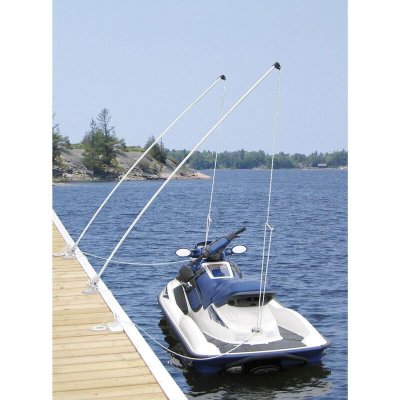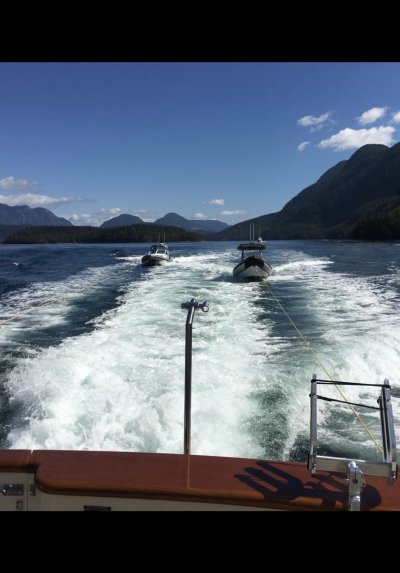- Joined
- Jan 9, 2014
- Messages
- 4,323
- Location
- USA
- Vessel Name
- N/A
- Vessel Make
- 1999 Mainship 350 Trawler
We decided to buy a Boston Whaler 130 and start towing it. Anyone out their towing there dinghy have any advice, tips and tricks. We have a slip, though we're usually only in it May - June and Sept-Oct. From Late June to the week after Labor Day, we're out on anchor and moorings.
Juggling the boat while docking for fuel and the slip is what we're concerned about (Obviously not concerned enough to NOT buy the boat, but...you know).
We were thinking about side tying it to dock at fuel docks. Then drop the side lines and let the boat drop back once we've pulled off of the dock.
We're not sure if the same will work for anchoring, or if my wife needs to jump in the boat and take it while I dock and anchor.
Any tips, tricks, advise or cautions???
Juggling the boat while docking for fuel and the slip is what we're concerned about (Obviously not concerned enough to NOT buy the boat, but...you know).
We were thinking about side tying it to dock at fuel docks. Then drop the side lines and let the boat drop back once we've pulled off of the dock.
We're not sure if the same will work for anchoring, or if my wife needs to jump in the boat and take it while I dock and anchor.
Any tips, tricks, advise or cautions???




